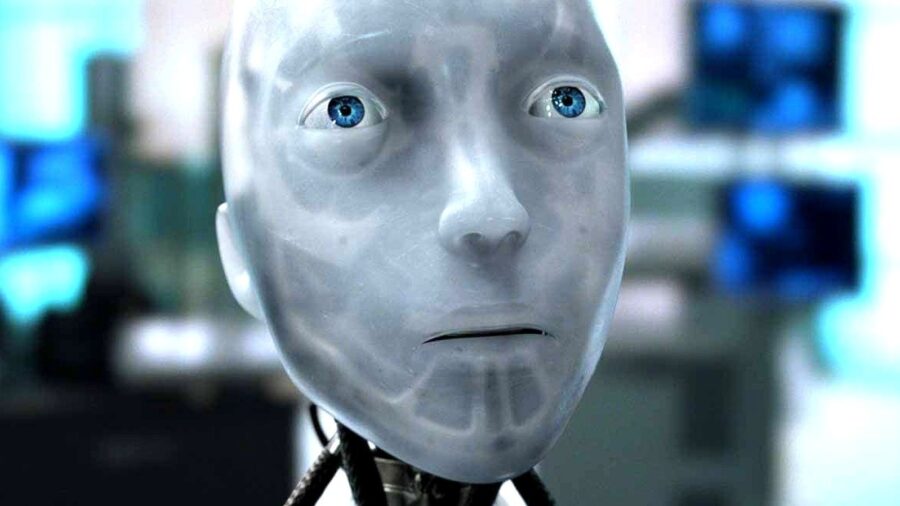Scientists Made A Robot With Organic Muscles
Scientists have created skin for an organic robot that reacts to light and tightens when the robot walks.

If you have seen any science fiction movies in your life, the term “organic robot” surely fills you with a mixture of curiosity and alarm (if not outright terror). So, it may interest (or scare) you to learn that recently, real-life scientists have made a breakthrough in combining artificial parts with living parts to create remote-controlled robots that run on light and mouse muscle tissue. Mechanical engineer and study co-author Mattia Gazzola told Inverse, “We had to really redesign and rethink our structure so that the different components could work well together.”
Also according to Inverse, this organic robot is “one step toward an organic cyborg future.” *shivers*
In more technical terms, the invention is a biohybrid robot, something that once only existed in sci-fi novels. Other biohybrid robots include things like cyborg insects and microorganisms controlled remotely by scientists.

For those afraid of what this mildly creepy new technology might mean, it may help to know that the organic robot field is still in its early stages. For now, robots made from a combination of live tissue and mechanical parts are slower, weaker, and generally harder to use than machines made of mechanical parts alone.
Gazzola and the company’s new organic robot come to “life” when wireless LED chips stimulate the mouse muscle tissue with light. When the muscles contract, they move what is called a “scaffold,” a soft 3D-printed structure. Since the scaffolds are asymmetrical, it makes the robot “walk” forward when the muscles tighten and loosen.
The small organic robot can go .83 millimeters per second, which is the fastest speed ever reached in its field – but still not fast enough to chase you through a dystopian city just yet. It also operates without the need for batteries, putting it several steps above its predecessors.
So far, the list of things that the organic robot can do includes collecting small objects or pushing through barriers made from other small objects using attachments inspired by LEGO toy robots. Both the robot’s one-legged and two-legged versions can also move through a maze.
But what is the point of all this, you ask? Why make an organic robot at all? According to Gazzola, this type of robot, while slower for now, actually has a big advantage over purely artificial robots. The living tissue that forms part of these biohybrid robots can sense things like heat, light, and chemicals, and can react accordingly without someone programming it to do so.
Some organic robots can take this a step further and heal themselves, or even reproduce, making it unsurprising that scientists are so drawn to this field of research despite seeing all the films and shows warning them of its fictional danger.
Now that this breakthrough has been made, Gazzola and his contemporaries can’t wait to take it even further. Some scientific groups will most likely focus on making biohybrid robots better, stronger, and faster, while others will focus on extending the range of the remote-control capabilities of the robot.
Gazzola, though, is heading down an even more intriguing path. His goal is to grow neural cells and integrate them into the organic robots’ system, which will give the robots the capacity to “think” for themselves, in a way. They will be able to perform some light computations without outside help, as well as steer themselves without the need for remote control.
What a time to be a fully organic human…












